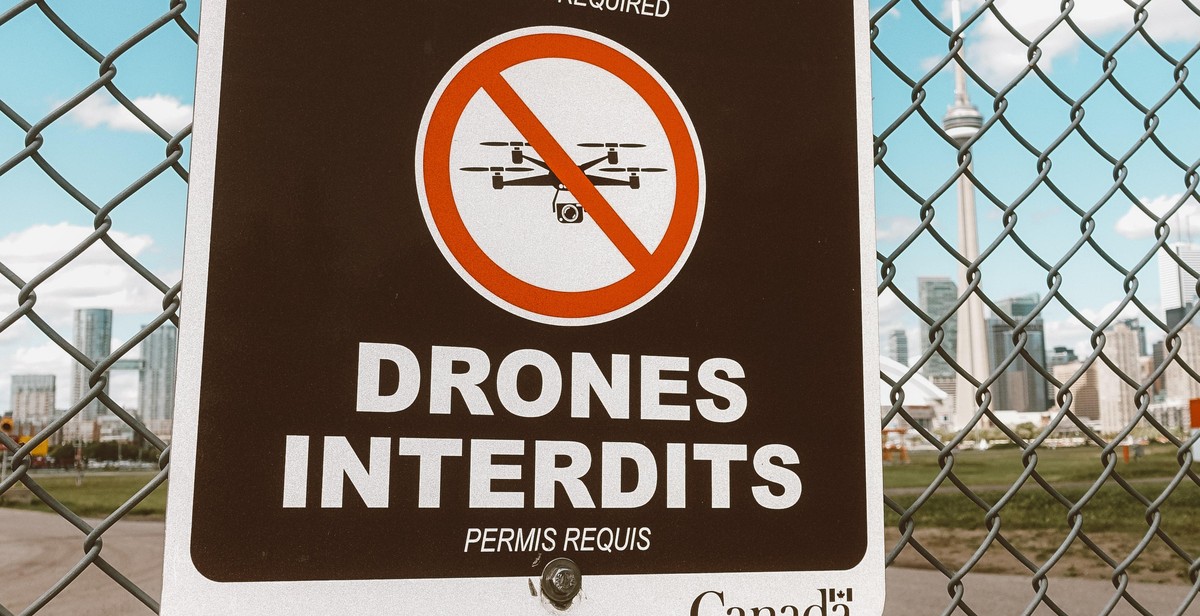How to Overcome Language Barriers: Communication Strategies for Multicultural Interactions
Effective communication is a crucial aspect of any business or personal interaction, but language barriers can pose a significant challenge. Language barriers can arise due to cultural differences, limited language proficiency, or even technical jargon. It can lead to misunderstandings, misinterpretations, and even conflicts.
Defining Language Barriers
Language barriers refer to the difficulties that individuals or groups encounter when communicating with others due to differences in language, dialect, or language proficiency. These barriers can manifest in various forms, including poor grammar, accent, and pronunciation, making it difficult for the listener to understand the speaker.
Language barriers can also affect non-verbal communication, such as body language and facial expressions. Misunderstandings can arise when non-verbal cues are misinterpreted, leading to confusion and frustration.
Importance of Overcoming Language Barriers
Overcoming language barriers is essential for effective communication and building strong relationships. It helps to foster mutual understanding and respect, enhances teamwork, and promotes inclusivity.
In a business context, overcoming language barriers can lead to increased productivity, enhanced customer satisfaction, and improved business relationships. It can also help organizations to expand their reach and tap into new markets.
This article will explore effective communication strategies that can help individuals and organizations overcome language barriers and improve their multicultural interactions.

Communication Strategies
Effective communication is crucial in overcoming language barriers during multicultural interactions. Here are some communication strategies that can help:
Active Listening
Active listening is an essential skill that involves paying full attention to the speaker, understanding their message, and responding appropriately. When communicating with people from different cultures, active listening can help you understand their language and culture better. It also shows that you respect their opinions and value their input.
Nonverbal Communication
Nonverbal communication includes body language, facial expressions, and tone of voice. When communicating with people from different cultures, nonverbal cues can help you convey your message more effectively. It is important to be aware of cultural differences in nonverbal communication, as what may be appropriate in one culture may not be in another.
Simplify Your Language
Using simple and clear language can help overcome language barriers during multicultural interactions. Avoid using complex words and phrases that may be difficult for non-native speakers to understand. Speak slowly and clearly, and repeat important points if necessary.
Use Visual Aids
Visual aids such as pictures, diagrams, and videos can help overcome language barriers during multicultural interactions. They can help illustrate your message and provide a visual reference for non-native speakers. However, it is important to ensure that the visual aids are culturally appropriate and relevant to the audience.
Avoid Slang and Jargon
Slang and jargon can be difficult for non-native speakers to understand. When communicating with people from different cultures, it is important to avoid using slang and jargon that may be unfamiliar to them. Use simple and clear language that is easy to understand.
By using these communication strategies, you can effectively overcome language barriers during multicultural interactions. However, it is important to be aware of cultural differences and adapt your communication style accordingly.

Cultural Awareness
Cultural awareness is an essential aspect of effective communication in multicultural interactions. It involves understanding and acknowledging the different values, beliefs, customs, and behaviors of people from diverse backgrounds. Here are some tips on how to improve your cultural awareness:
Learn About Other Cultures
One of the best ways to improve your cultural awareness is to learn about other cultures. This involves researching and studying the history, traditions, and customs of different cultures. You can read books, watch documentaries, attend cultural events, or even travel to different countries to learn about their way of life.
By learning about other cultures, you can gain a better understanding of their values, beliefs, and customs. This knowledge can help you avoid making cultural mistakes and improve your communication with people from different backgrounds.
Respect Cultural Differences
Another important aspect of cultural awareness is respecting cultural differences. It is essential to recognize that people from different cultures have different values, beliefs, and customs. You should avoid making assumptions or stereotypes based on someone’s cultural background.
Respecting cultural differences means being open-minded and willing to learn about other cultures. It also involves being sensitive to cultural norms and customs when communicating with people from different backgrounds. For example, in some cultures, it is considered rude to make direct eye contact, while in others, it is a sign of respect.
Overall, cultural awareness is essential for effective communication in multicultural interactions. By learning about other cultures and respecting cultural differences, you can improve your communication skills and build stronger relationships with people from diverse backgrounds.

Technology and Language Barriers
In today’s globalized world, language barriers can pose a significant challenge for businesses and individuals alike. Fortunately, technology has made it easier than ever to overcome these barriers and communicate effectively with people from different cultures and backgrounds.
Translation Tools
One of the most effective ways to overcome language barriers is by using translation tools. These tools can help you quickly and accurately translate written and spoken language, making it easier to communicate with people who speak different languages.
There are many different translation tools available, from basic online translators to more advanced software programs. Some of the most popular translation tools include Google Translate, Microsoft Translator, and SDL Trados.
When using translation tools, it’s important to keep in mind that they are not always 100% accurate. It’s always a good idea to have a native speaker review your translations to ensure accuracy and avoid misunderstandings.
Video Conferencing
Another effective way to overcome language barriers is by using video conferencing. Video conferencing allows you to communicate face-to-face with people from different cultures and backgrounds, making it easier to build relationships and understand each other’s perspectives.
Video conferencing can also be a great way to overcome language barriers, as many video conferencing platforms offer real-time translation services. These services use advanced algorithms to translate spoken language in real-time, allowing you to communicate effectively with people who speak different languages.
Social Media
Social media can also be a powerful tool for overcoming language barriers. Many social media platforms, such as Facebook and Twitter, offer built-in translation services that can help you communicate with people who speak different languages.
Social media can also be a great way to connect with people from different cultures and backgrounds. By following people from different countries and cultures, you can gain a better understanding of their perspectives and learn more about their language and culture.
Overall, technology has made it easier than ever to overcome language barriers and communicate effectively with people from different cultures and backgrounds. By using translation tools, video conferencing, and social media, you can connect with people from around the world and build strong, meaningful relationships.

Conclusion
Language barriers can be a significant challenge in multicultural interactions. However, with the right communication strategies, it is possible to overcome these barriers and foster effective communication.
Benefits of Overcoming Language Barriers
Overcoming language barriers can have numerous benefits, including:
- Improved communication and understanding
- Increased productivity
- Enhanced teamwork and collaboration
- Expanded business opportunities
- Increased customer satisfaction
Final Thoughts
Effective communication is essential in today’s interconnected world. By understanding and implementing communication strategies to overcome language barriers, individuals and organizations can build stronger and more meaningful relationships with people from diverse cultures and backgrounds.
It is important to remember that overcoming language barriers is a continuous process that requires patience, persistence, and a willingness to learn. By embracing diversity and respecting cultural differences, we can create a more inclusive and harmonious society.
